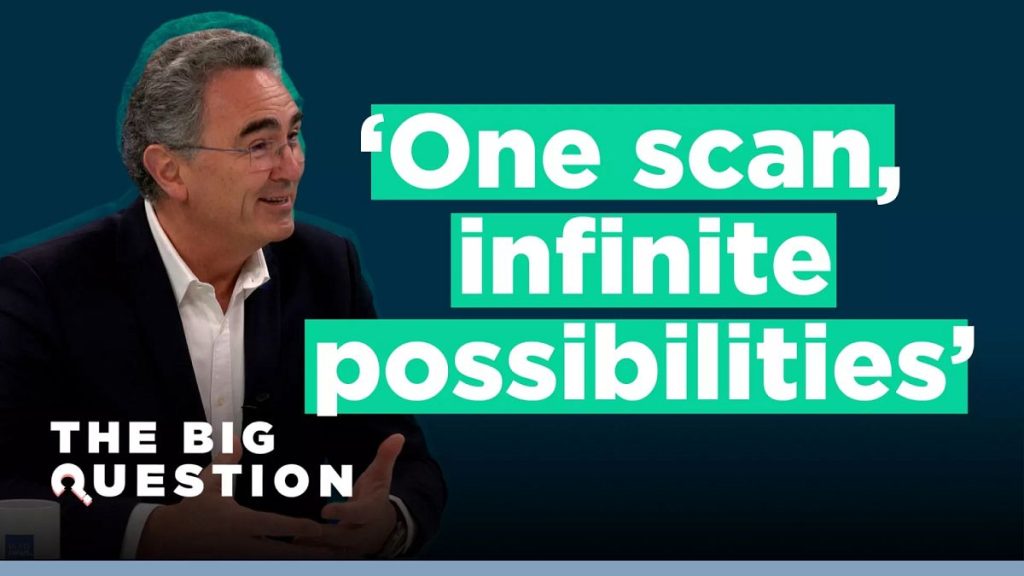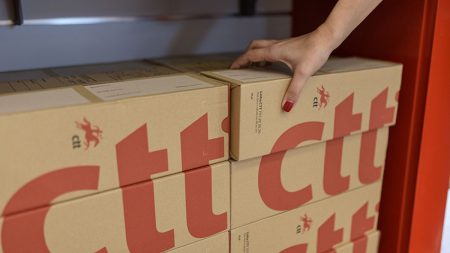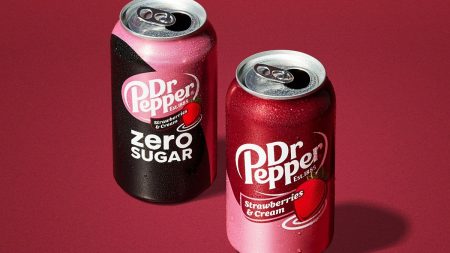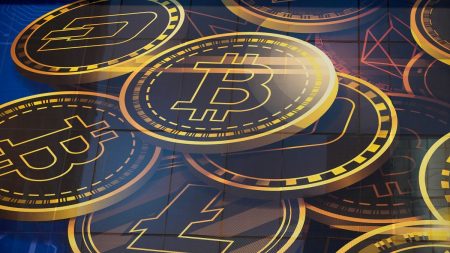The ubiquitous barcode, scanned over ten billion times daily, has revolutionized global commerce since its inception fifty years ago. However, as the demand for more comprehensive product information intensifies, the technology is approaching its limitations, prompting a shift towards a new standard. GS1, the global barcode standards organization, is spearheading this transition, advocating for the adoption of a next-generation barcode, essentially a QR code encompassing a traditional barcode within its design. This innovation promises a richer, more interactive consumer experience while simultaneously empowering businesses with enhanced operational efficiency.
The transition to this advanced barcode system is slated for completion by late 2027. This new technology enables retailers to meticulously track stock levels and expiration dates through scanning the QR code component. Simultaneously, consumers gain access to a wealth of product information, including details about ingredients, sourcing, usage instructions, and recycling guidelines. This “one scan, infinite possibilities” approach, as championed by Renaud de Barbuat, President and CEO of GS1, represents a significant leap forward in product transparency and consumer engagement. Major global retailers like Carrefour, Lidl, Procter & Gamble, L’Oreal, PepsiCo, and Nestlé have already pledged their support for this transformative shift, signaling a broad industry embrace of the new standard.
While infrastructure transitions invariably involve costs, GS1 emphasizes the swift achievability and rapid return on investment for businesses of all sizes. A compelling example is a small deli chain in Brazil, the first retailer globally to adopt the GS1-powered QR code system. Within two months of implementation, with the support of GS1 and solution providers, the deli experienced a remarkable 50% reduction in waste through improved inventory management. This demonstrates the tangible benefits of the technology, particularly for smaller businesses seeking to optimize their operations and minimize losses.
Beyond operational efficiency, the new QR codes are poised to contribute positively to environmental sustainability. Manufacturers can seamlessly integrate the QR codes during routine product redesigns, and the online hosting of product information facilitates easy updates without requiring the costly and resource-intensive process of reprinting packaging. A water company in South Korea has even eliminated plastic labels entirely by incorporating QR codes onto bottle caps. This innovative approach underscores the potential for significant reductions in material waste and environmental impact. The increased transparency afforded by the QR codes empowers consumers to make informed purchasing decisions, further driving the development of more sustainable products.
The QR code technology developed by GS1 extends beyond retail applications, finding significant utility within the healthcare sector through the GS1 data matrix. This specialized barcode system is mandated by regulations in 70 countries for the identification of pharmaceutical products and medical devices. The implementation of the data matrix not only streamlines logistical processes within hospitals, leading to cost savings, but also significantly enhances patient safety by enabling precise tracking of administered medications. This comprehensive traceability helps prevent medication errors and improves patient outcomes.
In conclusion, the transition from traditional barcodes to QR code-based systems marks a momentous evolution in product identification and information management. This shift promises to reshape retail operations, empower consumers with unprecedented product transparency, and contribute significantly to environmental sustainability. The adoption of this technology across various sectors, including healthcare, highlights its versatile applicability and potential to revolutionize how we interact with products and services. The widespread support from major industry players underscores the transformative potential of this technology, paving the way for a future where product information is readily accessible, supply chains are more transparent, and businesses are equipped to operate with greater efficiency and sustainability.














